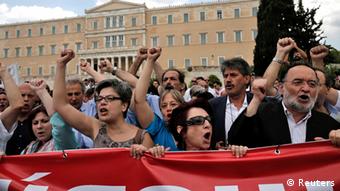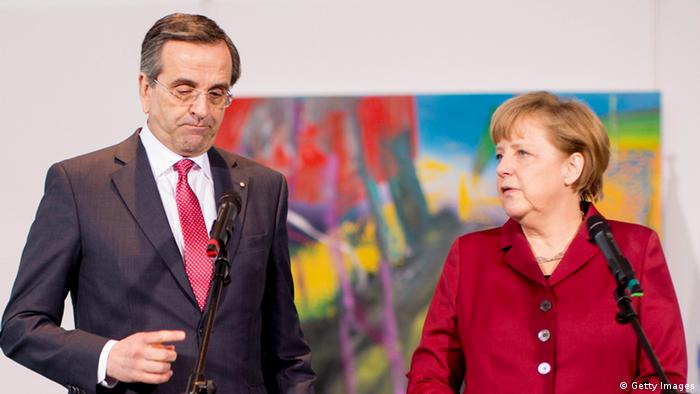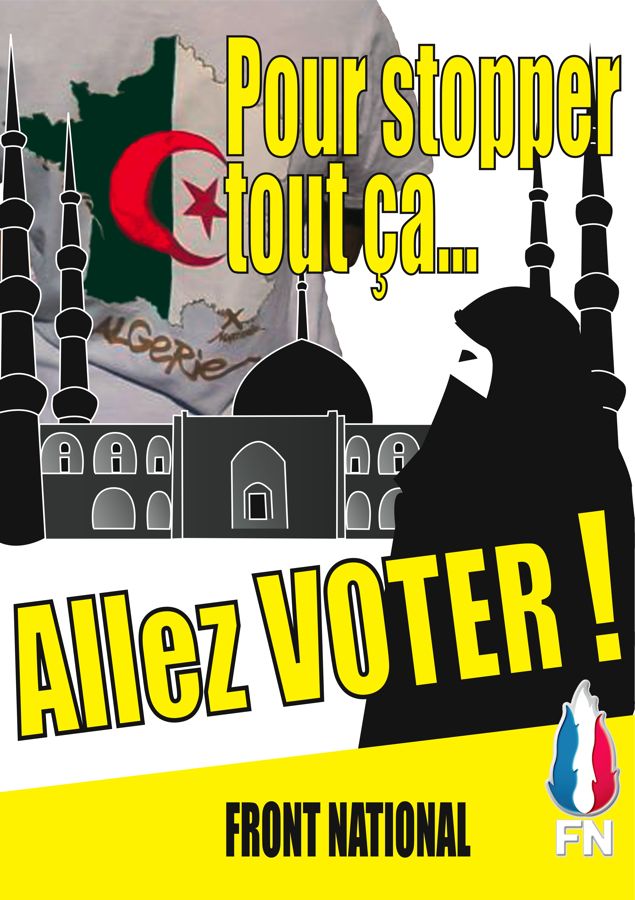Greek Prime Minister Antonis Samaras is set to arrive in Berlin for
talks on Friday. Despite Greece's economic troubles, the government,
experts say, is in a better position to negotiate today than in the
past.
In early November, it was far from clear whether any agreements would be
reached during a visit to Greece by the country's lenders, the
so-called Troika consisting of the EU Commission, European Central Bank
and the International Monetary Fund. Significant differences stood
between the Greek coalition government and its lenders.
The biggest was the size of the looming deficit in the 2014 Greek
budget. Greek Finance Minister Jannis Stournaras estimated it at a
maximum of 500 million euros. The Troika, on the other hand, put it at a
minimum of 2 billion euros and demanded new austerity measures.
Since then, officials have agreed to 1.3 billion euros in additional
funding. But Greek Prime Minister Antonis Samaras refuses to take
further austerity steps and cut wages. The government leader says Greek
society is “exhausted” following seven years of an ongoing recession and
record unemployment at 28 percent.
No elbow room
"The government wants to pursue a tougher negotiating position because
it has no elbow room for one-sided austerity measures," says Kostas
Botopoulos, a constitutional lawyer and a member of the co-ruling
socialist party PASOK. What was agreed should be implemented, he says
but warns of making new cuts.
Botopoulos also believes the Greek government is now in a stronger
position to negotiate after achieving a primary budget surplus, which
occurs when government revenues (excluding borrowing costs) exceed
government spending. Such a fiscal success, he argues, must be
considered in budget talks.
 Domestic unrest is rising in Greece
Domestic unrest is rising in Greece
Makis Andronopoulos, a financial journalist and publicist based
in Athens, has a different view. He believes Greek politicians, for
tactical and domestic reasons, should have the public believe they're
taking a tough position but continue to follow the Troika line. The
Athens government, argues Andronopoulos who is currently working on a
book about Germany, had hoped for a change of heart following the German
elections and the opportunity to spare its citizens further austerity
measures.
That, however, didn't happen. At the first EU summit following the
elections, Chancellor Angela Merkel showed Finance Minister Stournaras
the cold shoulder, prompting the minister to admit later to a
1.3-billion deficit that threatened the 2014 budget. That move was
directly followed by an invitation for the prime minister to come to
Berlin on Friday (22.11.2013).
“We deliver - Europe helps,” said Samaras during the January crisis
talks in Berlin. Even then, Chancellor Merkel remained polite but
non-committal and urged further reforms in crisis-ridden Greece. This
time, observers expect Samaras to seek greater clarity on the European
political course of the planned grand coalition.
Growing domestic tension
Andronopoulos sees the need to explain the growing domestic tension in
Greece as another reason for Samaras' diplomatic trip. The prime
minister
barely survived a vote of no-confidence sought
by the left-wing opposition on November 11. Meanwhile, Panos Kammenos,
head of the right-wing populist party “Independent Greeks,” called for
an alliance against the government's austerity policy, an alliance that
the left is also expected to join.
Parties of all stripes, including the right-wing extreme party Golden
Dawn, see good opportunities to win votes in the upcoming European
elections in May 2014. Local elections in Greece will also be held
parallel to the European elections.
 Finance Minister Yannis Stournaras got the cold shoulder
Finance Minister Yannis Stournaras got the cold shoulder
“If the political forces opposed to the current austerity
policy were to gain the upper hand in the European and Greek local
elections, the left-wing opposition would demand new Greek parliamentary
elections the next day,” says Andronopoulos. And because of threatening
instability, Prime Minister Samaras would seek understanding from the
German chancellor to postpone implementing austerity measures, he adds.
The socialist Botopoulos sees no reason to be alarmed. A party alliance
against the austerity policy, he says, is nothing new. The right-wing
populists, he notes, have long maintained contacts to the left and have
even occasionally pursued a common course. However, such an alliance, he
argues, would not be "enough to put the entire political system in
doubt."
Another aid package?
The Greek rescue package expires in April 2014, with no further
financing of the crisis-ridden country secured. What comes next is
unclear. Ahead of the federal elections, German Finance Minister
Wolfgang Schäuble indicated that another aid package for Greece could not be ruled out. Media reports suggest the package could be as high as 10 billion euros.
No decisions on the issue have been made. But Botopoulos notes that
although the Greek government would ideally like to have a decision this
year, such a quick decision is unrealistic.
"Given the political tension in Greece, successful government
negotiations would be important for the European elections," he says.
"But it appears that domestic policy considerations will also gain the
upper hand in Germany and the debate on a new aid package for Greece
will be postponed."








 The
Kosovo Islamic Community, headed by Mufti Naum Ternava (pictured
above), issued a statement against Kosovo Muslims joining the war in
Syria. [Kosovo Islamic Community]
The
Kosovo Islamic Community, headed by Mufti Naum Ternava (pictured
above), issued a statement against Kosovo Muslims joining the war in
Syria. [Kosovo Islamic Community]





 London, November 20, 2013
London, November 20, 2013







